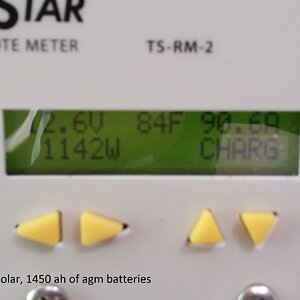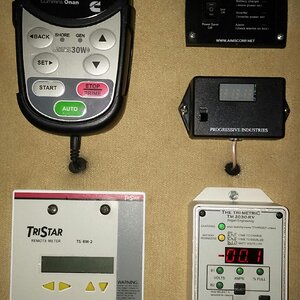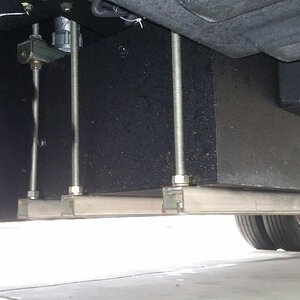Sounds like you have a voltage drop on that circuit. A couple things can cause this, first and foremost you may have
corrosion in the circuit that reduces the voltage (uses it up before it gets to the bulb) when the connector is plugged in or you could have a
wire that is rubbed through and only has
a single strand or so of wire hanging on which could cause the same effect in my experience. I would
rig up an old light bulb to load test the circuit (preferably a
known good brake light bulb) attaching
one wire to the ground side of the bulb and
one wire to the power side of the bulb and load test the circuit with the
connector disconnected from the lamp fixture. In other words you will be connecting the wires from the
bulb directly into the wires of your vehicle bypassing the light assembly. If the
bulb lights the circuit is good and the connector you are plugging into is likely the cause, on the other hand
if it does not light when connected directly to the bulb your concern
is in the circuit itself and you would need to
trace the circuit moving back towards the input power source while the bulb is connected to the point
where you find voltage present. Once you find where 12v is present you can either
overlay that portion of the circuit (cut the wire and run a new piece from there to the light assembly) or
repair it if you see an issue.
Below is an image of a Bulb set up to load test a circuit (I made it years ago while still in the shop to check fuel pump circuits, etc. to be sure they could deliver the power needed for an accessory or device before condeming the component it operates). On many occasions in the shop I would find circuits that showed good voltage when unplugged, but once the circuit was loaded the voltaged went away (voltage dropped) and there ended up being a circuit problem (either corrosion in the wire itself causing the issue, high resistance in the lamp assembly connector, or damage to the wire limiting the integrity of the circuit - example - only a few strands of wire left connecting the circuit instead of all the wire strands being connected). I would take this approach rather than ohm out the circuit considering you show voltage when it is unplugged because this will quickly identify whether your circuit, light assembly, or the connector is at fault.
I also wanted to mention, I have found
a lot of issues in the past on Fords (I don't know what kind of truck you have but if it can happen to a Ford it could probably happen to any make) with the
7 pin connectors getting corrosion in the male side of the recepticle causing
voltage drops to the trailer lights, so if you have not checked it I would recommend doing so, usually
a visual inspection would show a green cake looking material in it, especially in the
backside of the connector due to water intrusion. I would check there first before going too far with checking the camper if you have not already done so. Also check the camper side female end too because you might find an issue there right away (you can load test the circuit on your truck at the trailer connector to rule it out quickly if your camper isn't hard wired to that circuit and uses the trailer connector by connecting the bulb to your effected circuit, use a test light to verify voltage at the correct terminals first, then use the bulb to load test it before moving on to the camper).
If what I stated sounds confusing just
Google videos on
how to load test a circuit. Unloaded circuits can have voltage present when checked with a test light, but that doesn't mean they have the integrity to power something that draws much higher amps.
Hope this helps.












